
Timeless heritage… bold future
About Us
For over 120 years, Developments has stood as a symbol of visionary urban planning and timeless community building. Born in the heart of Heliopolis, a city founded on the promise of progress, we were never just about constructing homes, but about shaping places where life and culture could truly thrive. Today, our legacy lives on in every street, every neighborhood, and every life we touch. We are the link between a storied past and a dynamic sustainable future, guided by the enduring spirit of Heliopolis and a commitment to innovation. As we continue to evolve, we build with purpose, partner with visionaries, and lay the foundations for a new Egypt - one inspired by heritage and powered by success.

Vision
We proudly carry forward a legacy that began in 1905, one rooted in building contemporary, integrated neighborhoods that endure and inspire. As we look ahead to 2025 and beyond, our vision remains grounded in our origins: to shape vibrant, future-ready communities that set new benchmarks for urban development in a new Egypt.

Mission
Our mission is to revive Misr Al Gadida role by honoring our heritage and preserving the architectural and cultural legacy of Heliopolis, while developing new integrated, contemporary and sustainable neighborhoods that set new standards for urban living for generations to come.
Brand Values
RESILIENCE
We embrace challenges as opportunities for growth. Our projects are built to withstand the test of time, with a focus on innovation, sustainability, and the ability to adapt to a changing world.
AUTHENTICITY
We believe in creating spaces that are true to their origins, reflecting the unique identity and culture of each community. Our projects are grounded, ensuring that every development feels timeless and deeply connected to its surroundings.
COLLABORATION
We believe in the power of working together. By fostering partnerships, we create innovative solutions that reflect shared goals and collective vision. Through collaboration, we turn ideas into impactful realities.
SUSTAINABILITY
We are committed to creating spaces that endure—both for the environment and the people who inhabit them. Our approach to sustainability ensures that every project we undertake contributes to a healthier planet and a brighter future.
INNOVATION
We embrace innovation as a key driver for the future. We actively explore new ideas, technologies, and approaches to improve and enhance the communities we create. While we respect our rich heritage, we continually seek ways to evolve and shape a modern, sustainable future.
Historical Timeline
1905 - The Vision Begins
In 1905, a bold dream took root in the sands northeast of Cairo. Belgian industrialist Baron Empain, with the blessing of Khedive Abbas Helmi II, was granted 2,500 hectares of land and the right to build a railway line, laying the groundwork for what would become one of Egypt’s most iconic cities. That same year, the Société des Travaux Publics du Caire was established in Brussels to spearhead construction, and Belgian architect Ernest Jaspar was commissioned to design the majestic Heliopolis Palace Hotel—the first architectural beacon of a visionary city. From these foundations, a new era of modern urban living began to rise, marking the birth of Heliopolis and the legacy of Misr Al Gedida.
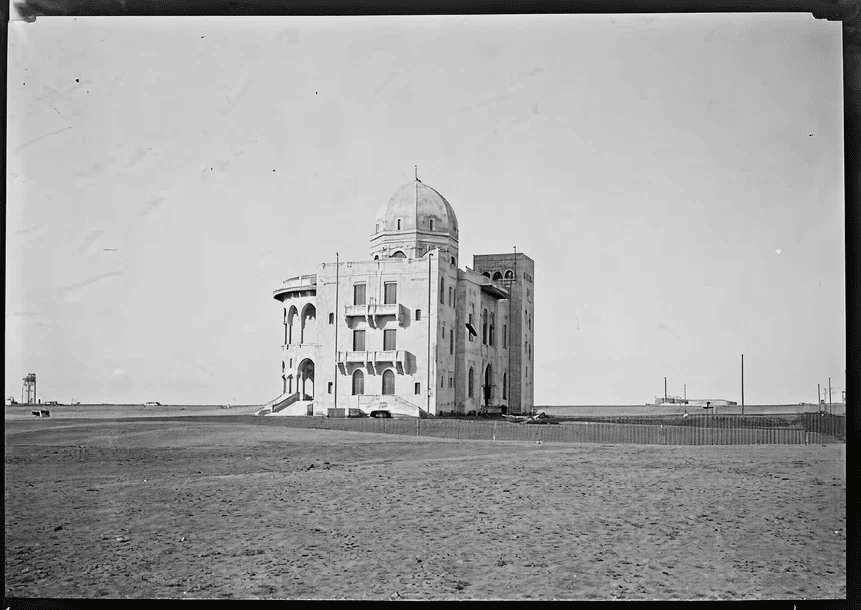

1906 - Foundations Beneath and Beyond
1906 marked a year of momentum and belief. Beneath the desert sands, the city’s lifeblood was laid, with its water mains and a vast 5,000-cubic-meter reservoir setting the stage for sustainable living at the time. Above ground, construction began on the grand Heliopolis Palace Hotel, destined to become a symbol of elegance and ambition. That same year, the Cairo Electric Railways & Heliopolis Oasis Company was officially founded under Egyptian jurisdiction, with a capital of 15 million Belgian Francs. Endorsed by a Khedival decree, the company sparked such public confidence that share subscriptions were oversubscribed a hundredfold—an early sign that Heliopolis was not merely a plan, but a future that inspired all of Egypt.
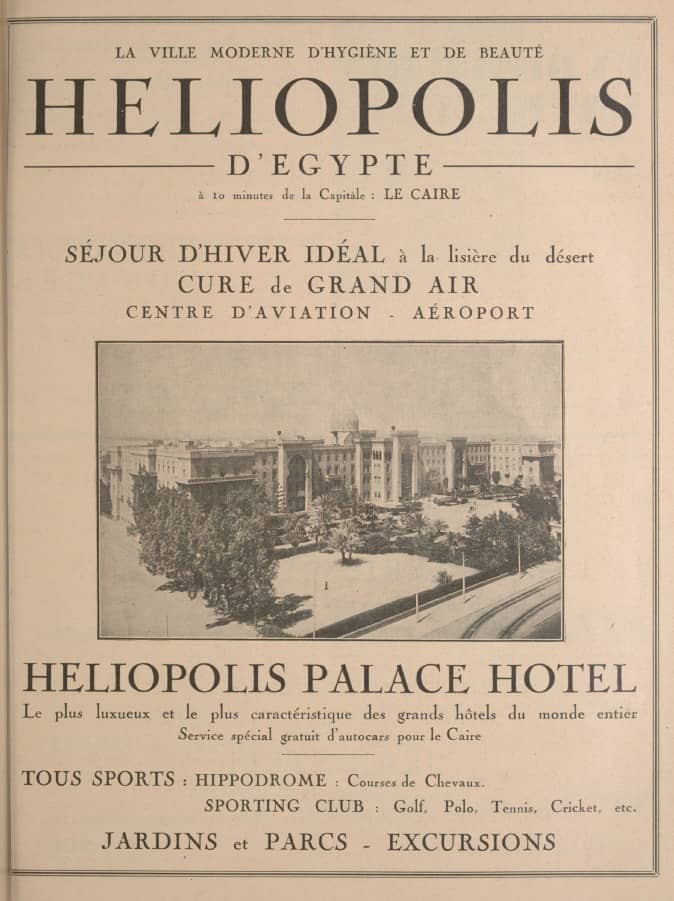
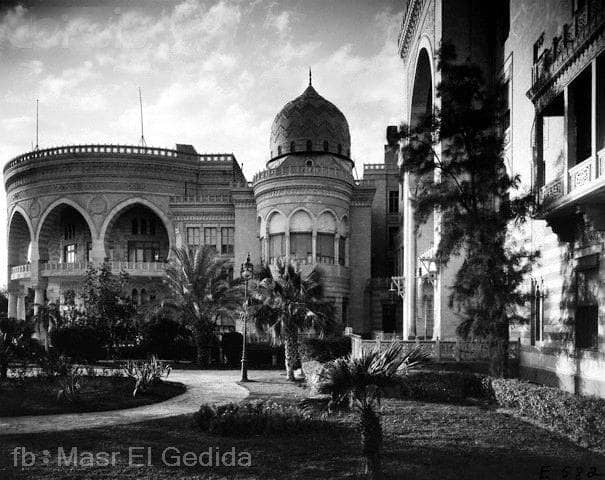
1907-08 - A City in Motion
After the first map of Heliopolis was produced in 1907, the vision of a connected, modern Heliopolis moved from blueprint to reality by 1908. The Cairo Electric Railways & Heliopolis Oasis Company proudly inaugurated a 16-kilometer tram line, linking the heart of Downtown Cairo to the rising city in the desert. Extending the Ataba–Abbassia line of the Tramways Du Caire all the way to Heliopolis, this milestone transformed accessibility and redefined urban living. What began as an idea was now in literally in motion, bridging the capital’s past with the promise of a radiant new future.
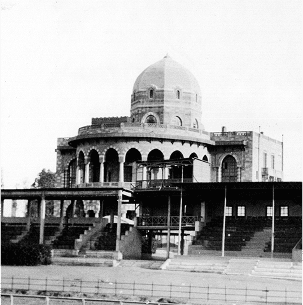
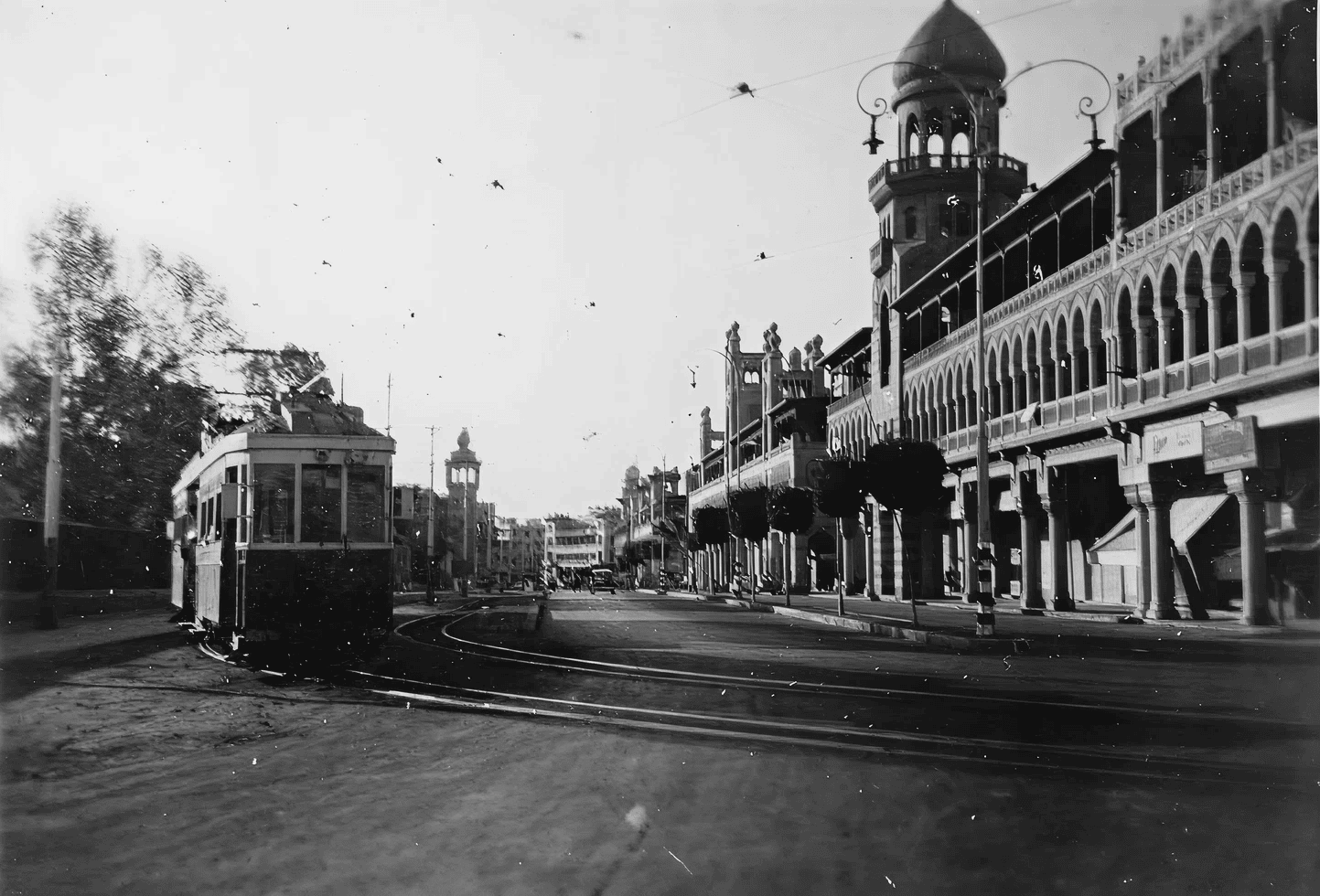
1921 - A New Partnership
In 1921, the evolution of Heliopolis entered a new chapter—one rooted in collaboration and national commitment. Under a landmark accord between the Egyptian Government and the Cairo Electric Railways & Heliopolis Oasis Company, the state pledged to provide essential infrastructure and public maintenance, ensuring the city’s long-term growth and vitality. As part of the ambitious Heliopolis Housing Scheme, both parties agreed to secure 600 homes for government officials, solidifying Heliopolis not just as a model of modern planning, but as a living, breathing extension of the nation’s future.
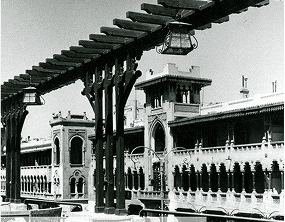
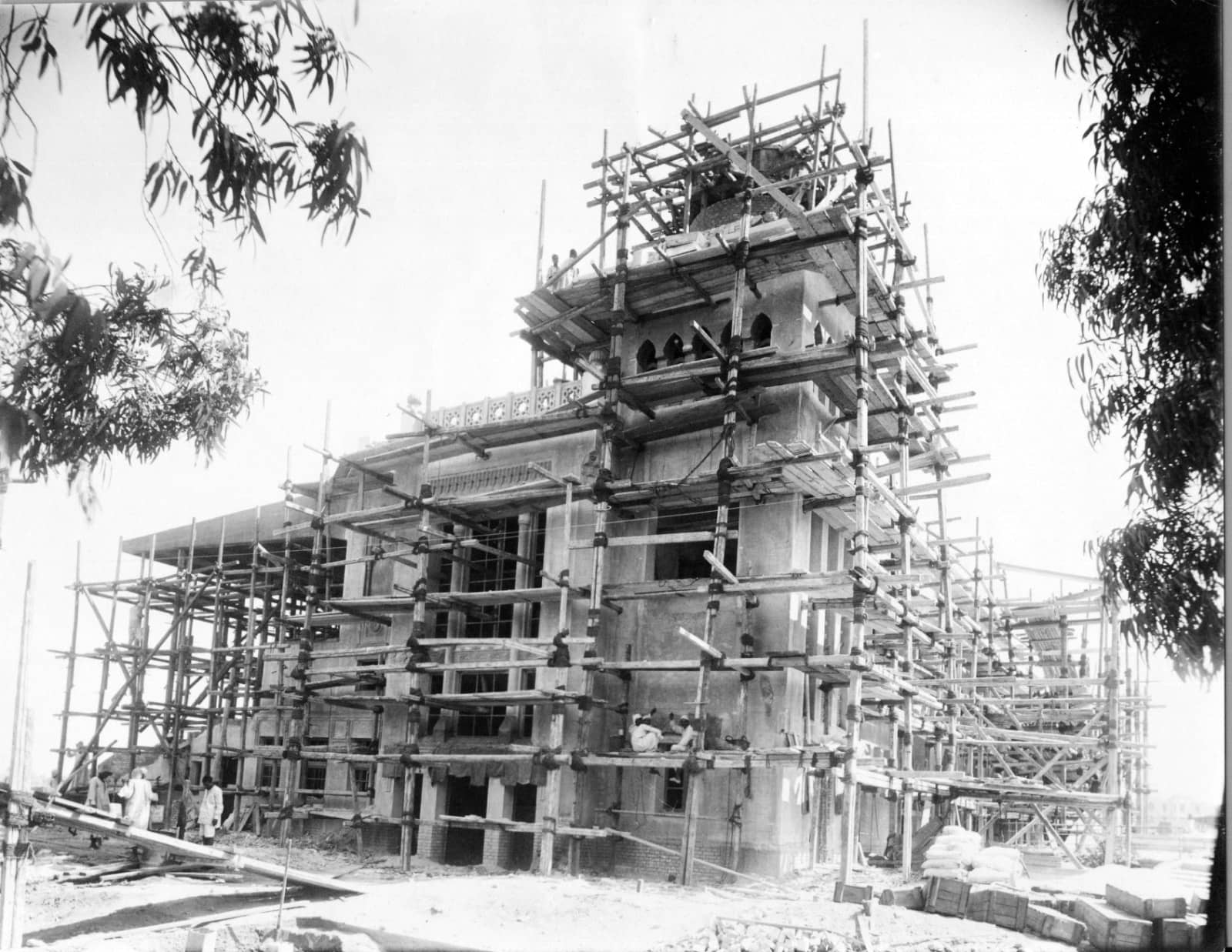
1931 - Purposeful Expansion
By 1931, Heliopolis had grown into a thriving urban sanctuary, and its future was once again secured through a landmark accord. The Egyptian Government and the Cairo Electric Railways & Heliopolis Oasis Company signed a new agreement, replacing the original 1905 terms, to regulate future expansions and grant the right to develop an additional 5,000 hectares for residential use. This year also witnessed the completion of the Masr El-Gedida Mosque, commissioned by the Wakf Ministry and built by Ahmed Bey Helmy, standing as a spiritual and architectural emblem of the community. At the heart of the suburb, 934 properties were owned by CER-HOC, while private ownership had grown to 1,217 homes. With 25 schools educating over 4,000 students, Heliopolis was no longer just an idea; it was a living model of progress, education, and harmony.
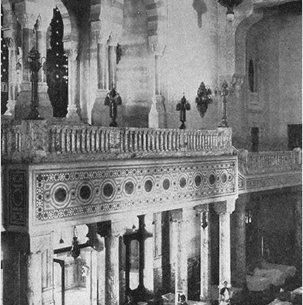
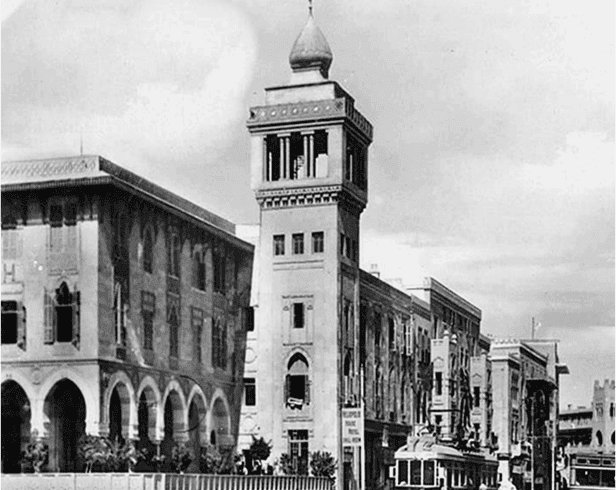
1949 - A Renewed Chapter Begins
The legacy of Heliopolis took a bold step forward in 1949 with the founding of ImmobilièreMasr El Guedida, S.A.E. Established by Royal Decree and headquartered in Cairo, the company was spearheaded by Baron Empain alongside Crédit Foncier and key investors, marking a renewed commitment to the suburb’s growth and prosperity. That same year, the Association de l’Hôpital d’Héliopolis achieved a milestone of compassion and civic vision, raising the funds needed to begin construction on a new hospital. These developments signaled not just expansion, but a deeper investment in the health, structure, and future of a community built to endure.
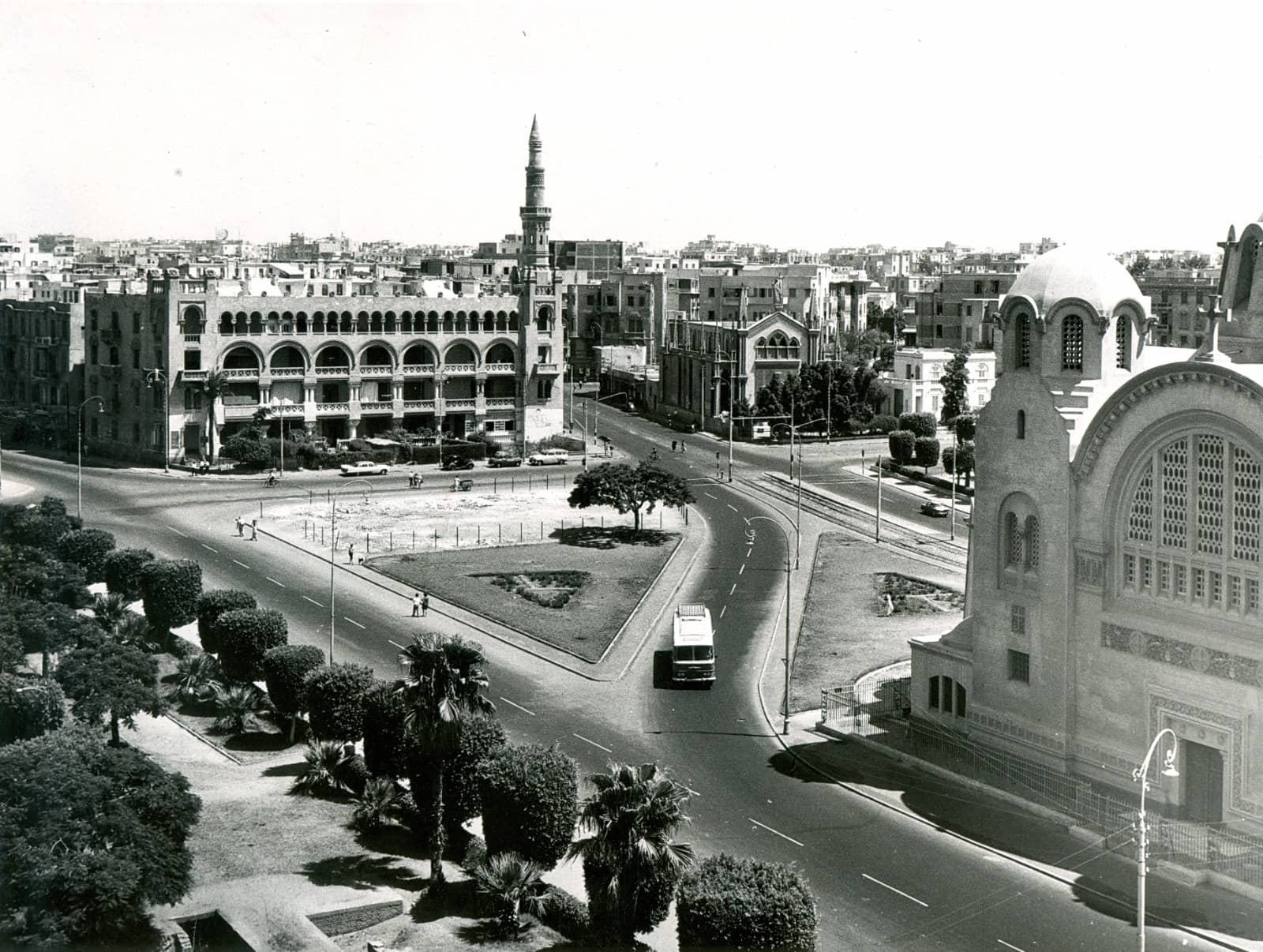
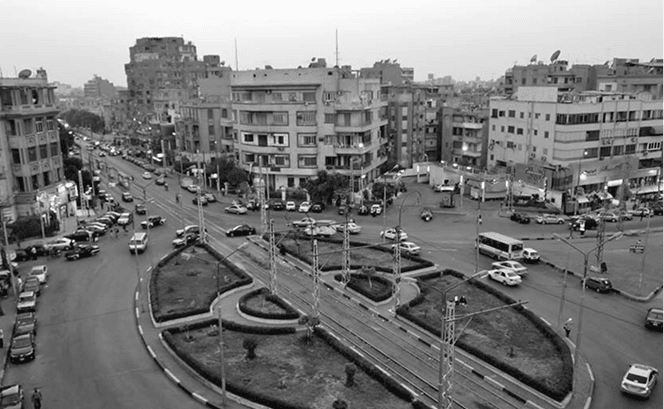
1960 - A Turning Point in Legacy
The year 1960 marked a pivotal transformation in the Heliopolis story, a moment where legacy was restructured to meet a new national vision. The Cairo Electric Railways & Heliopolis Oases Company was officially liquidated, giving way to Mo’assaset Dahyet Masr El-Gedida, a state institution created to carry the torch forward. Amid broader shifts, the Egyptian government initiated the seizure of Empain’s assets, formally establishing Heliopolis as a national suburb. Infrastructure kept pace with ambition as a new pipeline was laid to connect Heliopolis to Cairo’s expanding water network. Heliopolis continued to evolve, rooted in legacy and shaped by progress.
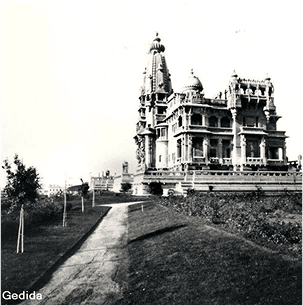
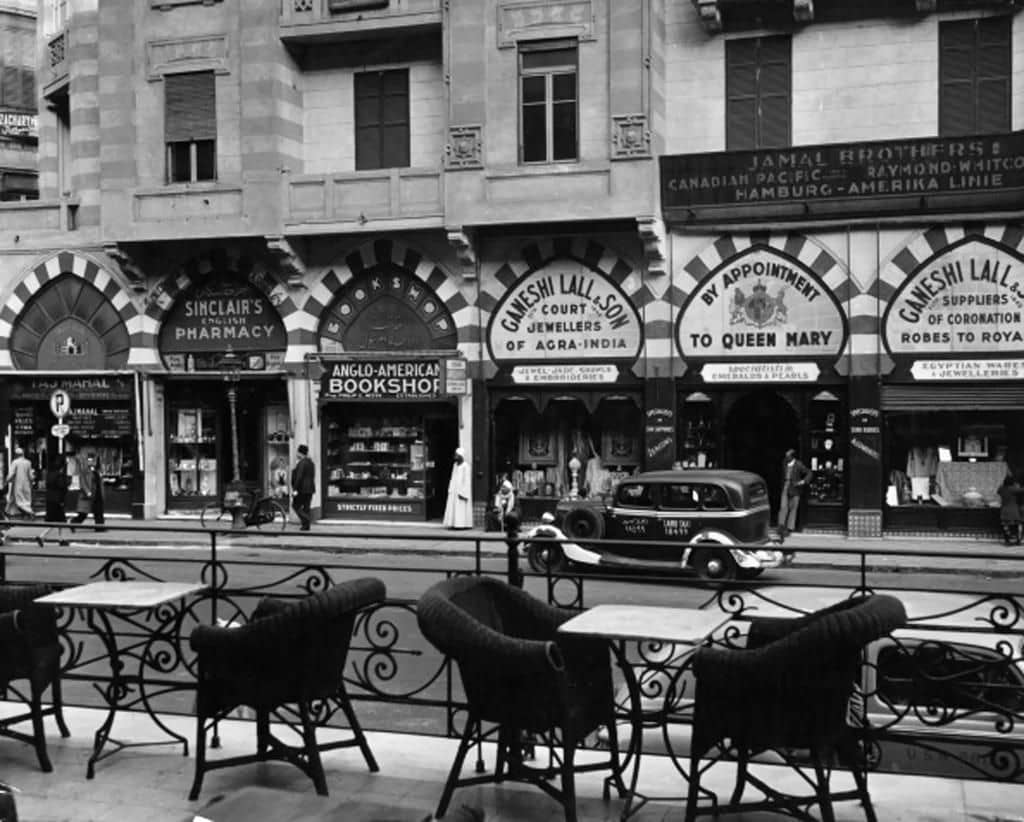
1991 - From Heritage to Enterprise
The Heliopolis Company for Housing & Development (HC-HD) was officially established as a subsidiary of the state-owned Holding Company for Construction and Development in 1991, ushering in a new era of institutional evolution. That same year, HC-HD was listed on the Egyptian Exchange (EGX), marking its entry into the public market and positioning it at the intersection of legacy and modern enterprise. This transformation was made possible under Law 203/1991, known as the Public Sector Enterprise Law, which redefined Egypt’s economic landscape by leveling the playing field between public and private entities. HC-HD stood as a symbol of how history and progress could coexist, rooted in tradition, yet ready to compete and grow in a dynamic new environment.
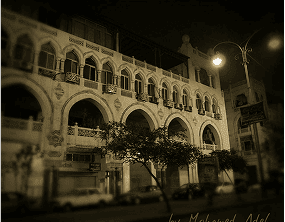
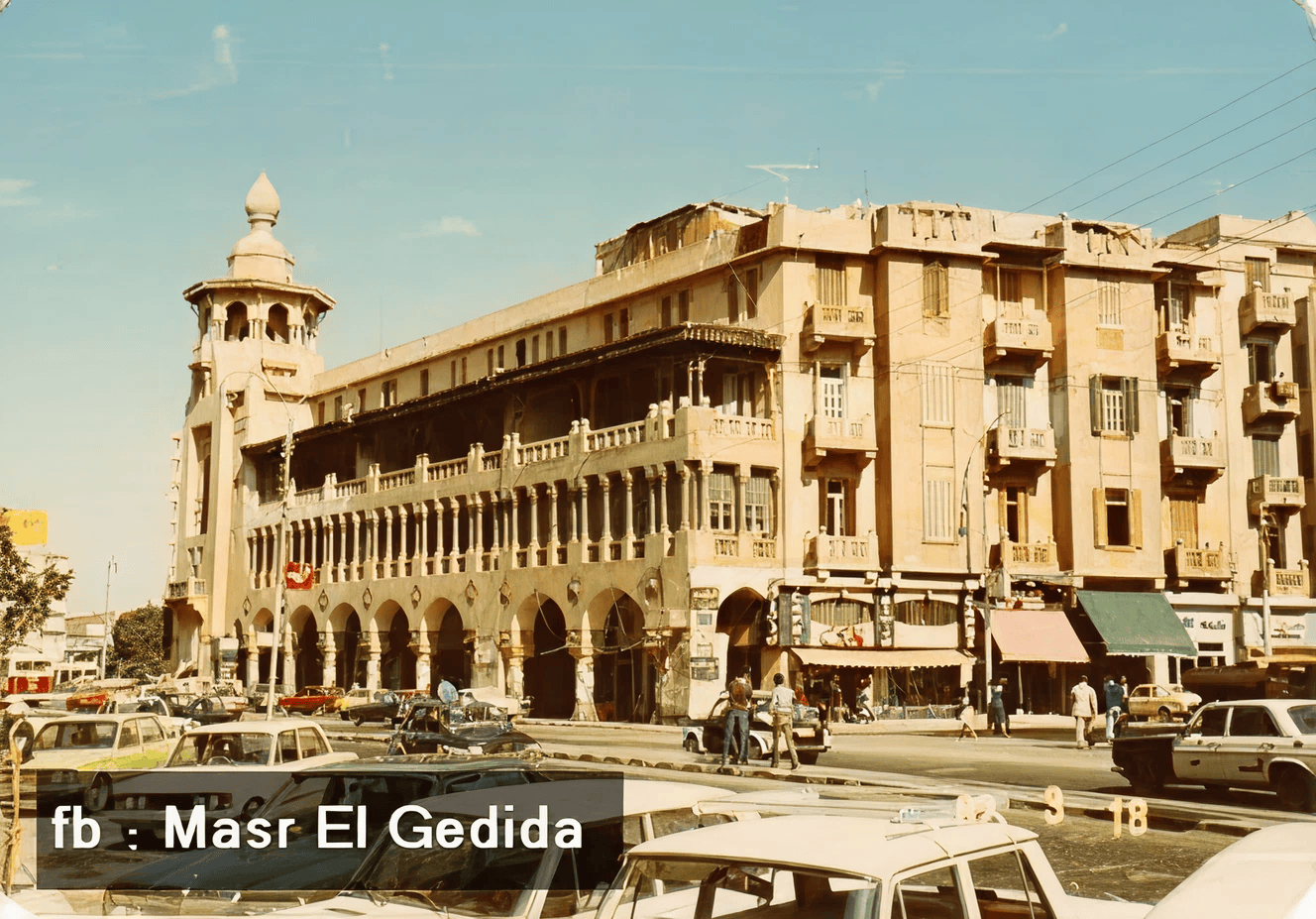
1995 - Public Investments
In 1995, Heliopolis Company for Housing & Development took a decisive step toward transparency and growth by officially listing on the Egyptian Exchange. On September 27th, 10% of the company’s shares were offered for public trading, marking a milestone in HC-HD’s journey from a state-rooted institution to a market-driven enterprise. This move not only expanded investor access but also reflected a broader national shift toward economic liberalization, anchoring the company’s historical roots while paving the way for a more competitive, publicly engaged future.
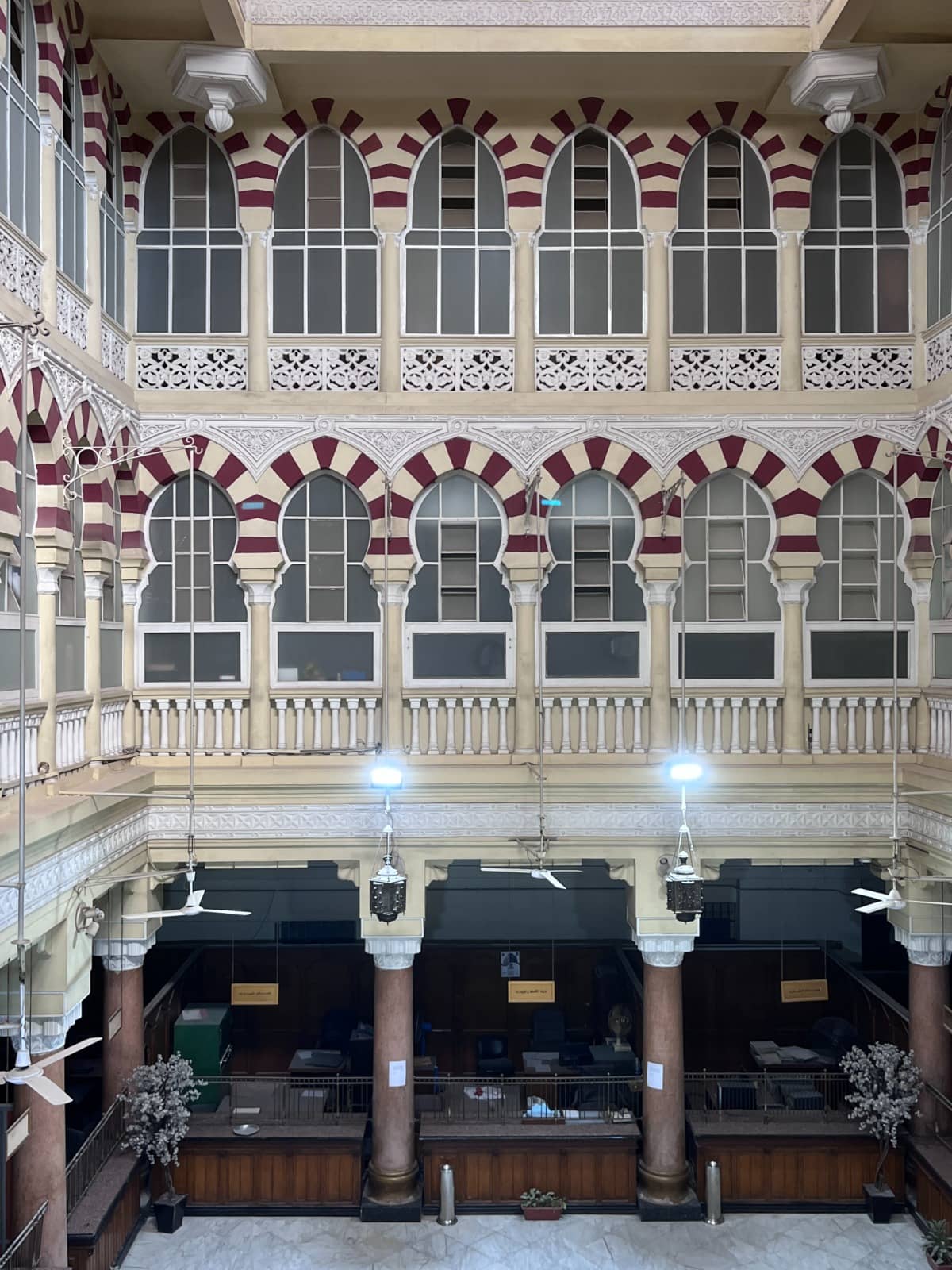
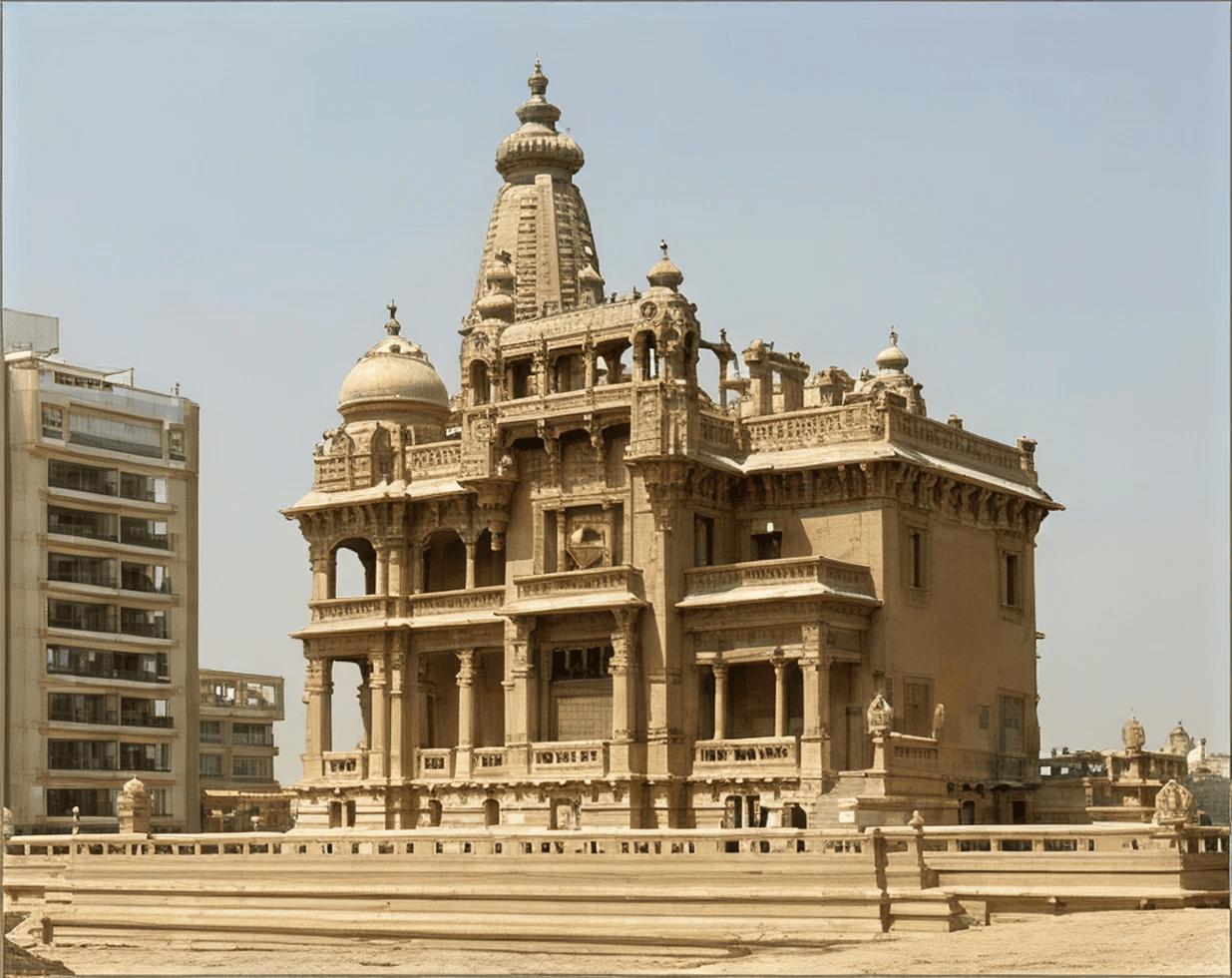
Board of Directors

Mohamed Abdelmonim al-Manshawi
Chairman Non-Executive

Sameh Elsaid Ibrahim Hamuda
CEO and Managing Director Executive

Gihan Mamdouh Muhammad Saleh
Board Member Non-Executive

Khaled Zakaria Al-Adly
Board Member Non-Executive

Mr. Amr Ibrahim Abu Al-Ayoun Abdel Nasser Selim
Board Member - Non-Executive

Mr. Hassan Ali Mohamed Ali
Board Member Non-Executive

Mr.Essam Abdel Fattah Mohamed
Board Member Non-Executive

Mr.Ahmed Ashraf Aly KwJuk
Board Member Independent

Ms. Nevine Ali Faeq Sabour
Board Member Independent
Eng. Mohamed Abdel-Moneim Ali Saleh Fouad El-Menshawy
Non-Executive Chairman of the Board
Eng. Mohamed El-Menshawy is a seasoned civil engineer and industry leader with extensive experience in real estate development, corporate governance, and strategic management. He holds a Bachelor’s degree in Civil Engineering from Cairo University (1985).
Throughout his career, Eng. El-Menshawy has held key leadership positions, including Vice Chairman of the Real Estate Development Chamber at the Federation of Egyptian Industries, Treasurer and Board Member of the Egyptian Electricity Distribution Association, and Board Member of the Real Estate Investment Division at the General Union of Chambers of Commerce. He has also served as Head of External Relations at Emaar Misr for Development and Head of External Relations and Investment at HDP for Housing and Development. Known for his strategic insight and leadership, Eng. El-Menshawy has played a pivotal role in advancing corporate growth and fostering sustainable development within the real estate sector.
Dr.Eng Sameh El-Sayed
Managing Director and Chief Executive Officer – Misr Elgadida Company for Housing & Development.
Dr.Sameh El-Sayed brings extensive experience in investment, real estate development, and corporate management, having held several senior leadership positions in major companies in the real estate and infrastructure sectors before assuming the leadership of Heliopolis Company for Housing & Development. He is recognized for his strategic vision focused on maximizing the company’s asset value, diversifying revenue streams, and advancing development projects in alignment with Egypt’s national plans for sustainable urban growth. During his tenure, he has: Implemented a long-term strategic plan to reinforce sustainable growth. Launched major urban development projects and expanded partnerships with the private sector. Enhanced the administrative and financial framework to ensure sustainable profitability and increase the company’s market value. Dr. El-Sayed continues to lead the company with transparency and efficiency, while remaining committed to balancing shareholder interests with the requirements of national development.
Dr. Sameh El Sayed is an accomplished executive with extensive experience in real estate investment, development, and corporate management. He holds a Bachelor’s degree in Civil Engineering from Ain Shams University (1991), a Master of Business Administration (MBA) from Port Said University, a Doctorate in Business Administration (DBA) from Ain Shams University, a Diploma in Business Administration from the American University in Cairo, and a Leadership Diploma from the Leadership Development Center. Throughout his career, Dr. El Sayed has held senior leadership positions across multiple companies, including Chief Executive Officer & Managing Director of El Nasr General Contracting (Hassan Allam), Chairman & CEO of DETAC Integrated, and Chief Operating Officer (COO) of Roaya Real Estate Development. He also serves as a Board Member for several prominent organizations, including Proglass, El Yoral, Detarget, Dewood, and CSS. Known for his strategic vision and operational expertise, Dr. El Sayed focuses on driving growth, enhancing operational efficiency, and maximizing shareholder value.
Dr. Gihan Mamdouh Mohamed Saleh
Non-Executive Board Member-Economic Advisor to the Prime Minister
Dr. Gihan Saleh is a distinguished economist with extensive experience in public service, academia, and international economic institutions. She holds a Bachelor’s degree in Economics from the American University in Cairo, and both a Master’s degree and Ph.D. in Economics from the University of Chicago, USA. Career Highlights:
Served in several high-level public service roles.,Board Member of the Holding Company for Food Industries for three years.Worked with multiple international economic institutions and American universities.,Contributed, along with a group of economists, to developing a strategic framework and roadmap often referred to as the “Economic Constitution.”
Prof. Dr. Khalid Zakaria El-Adli
International Expert on Sustainable & Livable Cities
Prof. Dr. Khalid Zakaria El-Adli is the Former Governor of Giza, Professor of Architecture and Urban Design, and Head of the International Cooperation Office at the Faculty of Regional and Urban Planning, Cairo University. He is a Member of the National Supreme Committee for Urban Harmony in Egypt, Vice President of the SPECTRA Centre of Excellence at the European Union, and Co-Founder & CEO of EAG Consulting.
He holds both a Master’s degree and a Ph.D. from prestigious universities in the United States of America.Dr. El-Adli brings over 35 years of extensive international experience as an urban planner, urban designer, and consulting engineer, during which he has received numerous national and international awards and honors. He has contributed to many landmark projects in Egypt and abroad.
• Chairman of the Board, Heliopolis Housing & Development Company (Egypt)-Chairman, International Awards for Livable Communities (LivCom), United Kingdom -Honorary President, Urban Excellence Centre, People’s Republic of China -Vice President, International Society of City and Regional Planners (ISOCARP), Netherlands -Vice Dean and Head of Urban Design Department, Faculty of Regional and Urban Planning, Cairo University - International Expert & Committee Member, Master Plan for the Western Extension of Zurich (Switzerland) - Expert, Higher Education Development Committee, ETH Zurich (Switzerland) -International Consultant & Advisory Board Member, Wrocław City Development (Poland) - International Expert & Advisory Board Member, Shuncheon City Development (South Korea) Visiting Professor, Georgia State University (Atlanta, USA) Consultant for Tourism Development Projects, Texas A&M University (USA) -Co-founder and Partner, Yoakley Consultant’s, United Kingdom -Local Expert, United Nations Development Programme (UNDP) -Board Member of several national and international institutions
Dr. El-Adli has authored numerous internationally peer-reviewed publications and research papers. He is also a member of several renowned scientific and professional institutions, including: American Institute of Architects (AIA)- International Society of City and Regional Planners (ISOCARP) - American Society of Landscape Architects (ASLA)
Mr. Amr Ibrahim Abu El-Oyoun Abdel Nasser
Non-Executive Board Member
Mr. Amr Abdel Nasser is a distinguished leader in banking, commerce, and public service with extensive experience in executive management and governance. He currently serves as a Member of the Senate and has held key positions including General Manager of the Egyptian Gulf Bank, Chairman of Assiut Islamic Company, Vice President of the Federation of Egyptian Chambers of Commerce, and Chairman of the Assiut Chamber of Commerce. He has also contributed as a Board Member of the Upper Egypt Development Authority, reflecting his commitment to economic development and corporate leadership.
Dr. Hassan Ali Mohamed Ali El-Shorbagi
Non-Executive Board Member
Dr. Hassan El-Shorbagi is a seasoned expert in real estate, strategic management, and business development. He currently serves as Head of the Real Estate Sector at the Building and Housing Cooperatives Authority and has previously held the position of Vice President of the New Urban Communities Authority for Real Estate and Commercial Affairs. He is also a board member of several companies, including Tameer Real Estate Development Company and Vice Chairman of the Egyptian-Saudi Company. In addition to his executive roles, Dr. El-Shorbagi has been a lecturer in Strategic Management for MBA students at the Arab Academy for Financial and Banking Sciences since 2023. He specializes in real estate marketing, business management, feasibility studies, and pricing strategies. Dr. El-Shorbagi holds a Bachelor’s degree in Foreign Trade from Helwan University, an MBA in Financial Management, and a Professional Doctorate in Business Administration (DBA) in E-Marketing (2022).
Mr. Essam Abdel Fattah Mohamed
Non-Executive Board Member
Mr. Essam Abdel Fattah Mohamed is an experienced executive in finance, administration, and corporate restructuring. He currently serves as Managing Director for Financial and Administrative Affairs at the Holding Company for Construction and Development. His career includes key leadership roles such as Vice Chairman and Managing Director for Financial Affairs at the Egyptian Petroleum Carriers Company, Advisor to the Minister of Investment on Restructuring Affairs, Head of Asset Management at the Ministry of Investment, Technical Office Director to the Minister of Public Business Sector, Financial Director of the Public Business Sector Restructuring Program Fund, Assistant Privatization Expert at the Minister’s Technical Office, and Financial Analyst at BARENTS-KPMG through the USAID and Ministry of Public Business Sector project. Mr. Abdel Fattah has extensive expertise in financial management, corporate governance, and strategic restructuring.
Mr. Ahmed Ashraf Ali Kojak
Independent Board Member - Minister of Finance
Mr. Ahmed Kojak is a distinguished economist and public policy leader with over three decades of experience in fiscal policy, international finance, and economic reform. He currently serves as Egypt’s Minister of Finance, acting as the Government Coordinator with the International Monetary Fund (IMF) and with international credit rating agencies. Throughout his career, he has held senior leadership roles in the Ministry of Finance, the Central Bank of Egypt, and international institutions, contributing significantly to Egypt’s fiscal and economic policy frameworks.
• March 2016 – July 2024: Deputy Minister of Finance for Fiscal Policies and Institutional Development. July 2019 – June 2020: Board Member, EgyptAir Holding Company.April 2012 – June 2018: Board Member, Central Bank of Egypt.June 2013 – March 2016: Senior Economist, World Bank Office in Cairo.May 2011 – May 2013: Deputy Assistant Minister of Finance, Egypt.September 2010 – May 2013: Head of the Macro-Fiscal Policy Unit, Ministry of Finance.August 2010 – February 2011: Deputy / Alternate Executive Director, International Monetary and Financial Committee (IMFC), IMF.
2007 – 2008: Executive Director, Macro-Fiscal Policy Unit, Ministry of Finance.
2007 – 2008: Faculty Member, American University in Cairo.2004 – 2007: Economic Advisor, Macro-Fiscal Policy Unit, Ministry of Finance.2002 – 2004: Economist, Ministry of Economy and Foreign Trade.1991 – 2001: Economic Researcher, Ministry of Economy.
Ms. Nevine Ali Sabour
Independent Board Member
Ms. Nevine Sabour is an accomplished banking and finance professional with extensive experience in executive leadership and corporate governance. She currently serves as Non-Executive Chair of the Board at Commercial International Bank (CIB) and has held senior leadership roles including Chairperson and Executive Board Member at Panther Financial Consulting. She also served as Assistant to the Managing Director at the Arab African International Bank (AAIB), demonstrating a strong track record in financial management, strategic oversight, and governance.